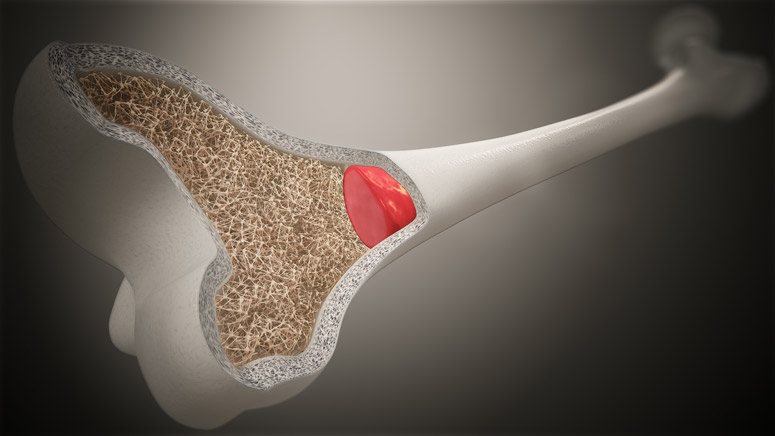Leukopenia is the low level of white blood cells [1] (lymphocytes) in the blood, which puts you at risk of getting infections and diseases. This condition can occur in a person without any underlying disease. Leukopenia patients are suffering from significantly low white blood cells compared to the sufficient amount that is required in the human body. Patients are prone to various types of infections and diseases that can lead to health complications.
It is advisable to visit your doctor for a correct diagnosis of this condition because it has symptoms that are common to other types of conditions. For self-treatment methods, precautionary measures are most effective to prevent getting infected with bacteria and viruses.
Regular washing and drying of the hands will limit the risk of the bacteria or virus entering into the bloodstream. You should also avoid anyone suffering from infectious or contagious illnesses.
If you are suffering from leukopenia, it is best to check in with your health practitioner immediately you get a new infection or start to experience symptoms. Doctors advise patients to come in for frequent checkups to stay on top of the situation and prevent further complications.
Here are some common symptoms of leukopenia:
- High temperature or fever
- Shakes or chills
- Extreme tiredness or fatigue
- Weight loss
If you are suffering from leukopenia or you know anyone that is, here are ten facts that may interest you to know about this health condition:
Bone Marrow Conditions

Some bone marrow conditions [2] can put you at risk of developing leukopenia. Common bone marrow conditions that can lead to leukopenia include aplastic anemia, overactive spleen, and myelodysplastic syndromes. These underlying diseases need to be treated to stimulate an increase in the number of healthy blood cells.













